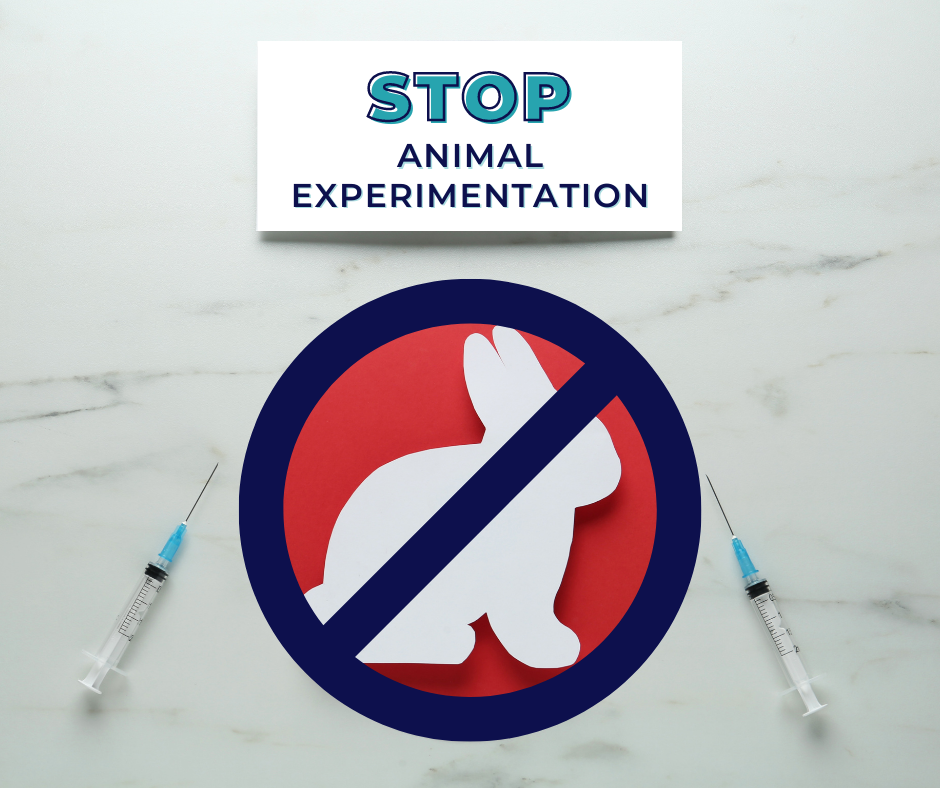The Hidden Horrors of Factory Farm Animal Cruelty

In the modern day period of mass generation and consumerism, the expression “Factory farm animal cruelty” has turn out to be synonymous with effectiveness and affordability in the foods market. However, driving Animal cruelty of these industrialized operations lies a darkish truth of animal suffering and cruelty that usually goes unseen by the common buyer.
Manufacturing unit farming, also recognized as industrial agriculture, is a program of intense animal farming that prioritizes high output and income margins in excess of the properly-currently being of animals. In these amenities, animals are confined to cramped and unsanitary situations, often not able to exhibit their natural behaviors or entry correct nourishment and veterinary treatment.
One of the most important issues connected with manufacturing unit farming is the excessive confinement of animals. Pigs, chickens, and cows are regularly housed in overcrowded and barren cages or pens, unable to shift freely or engage in natural behaviors such as foraging or socializing. This confinement not only causes bodily pain and tension but also boosts the likelihood of accidents and ailment amongst the animals.
In addition, the use of antibiotics and growth hormones is widespread in manufacturing facility farms to encourage rapid development and stop the spread of disease in such crowded circumstances. This overreliance on antibiotics has contributed to the rise of antibiotic-resistant bacteria, posing a serious menace to community health.
The schedule techniques used in manufacturing facility farms also inflict enormous struggling on animals. For example, in the egg market, male chicks are deemed economically worthless and are often discarded alive by the hundreds each and every working day, possibly by getting floor up alive or suffocated in plastic luggage. In the same way, in the dairy business, calves are divided from their moms soon after start, leading to distress to both the calf and the mom.
Perhaps one particular of the most disturbing aspects of factory farming is the prevalent acceptance of cruel and inhumane remedy of animals as regular sector methods. Undercover investigations have unveiled instances of staff kicking, beating, and even sexually abusing animals in these facilities. In spite of this sort of egregious functions of cruelty, perpetrators are hardly ever held accountable thanks to inadequate oversight and enforcement of animal welfare regulations.

The environmental influence of Factory farm animal cruelty can not be neglected possibly. The intensive creation of animal squander in these facilities prospects to pollution of air, water, and soil, contributing to climate alter and ecological degradation. Moreover, the huge consumption of resources such as h2o and grain to feed livestock additional strains worldwide foods systems and exacerbates issues of food insecurity and inequality.
In spite of these grim realities, there is hope for modify. Improved client awareness and demand from customers for ethically sourced and sustainably created foodstuff items have led to the rise of different farming procedures these kinds of as organic farming, pasture-elevated livestock, and plant-dependent choices to animal merchandise.
As shoppers, we have the power to generate constructive change in the meals business by producing educated alternatives and supporting moral and sustainable farming procedures. By selecting to boycott manufacturing facility-farmed items and advocating for stronger animal welfare rules, we can support alleviate the struggling of tens of millions of animals and create a a lot more compassionate and sustainable foods technique for future generations.
